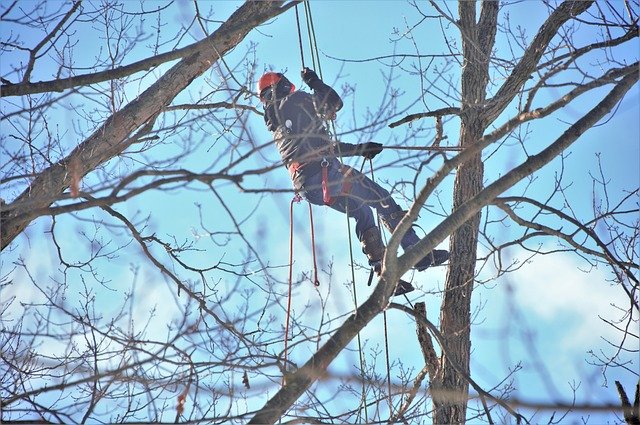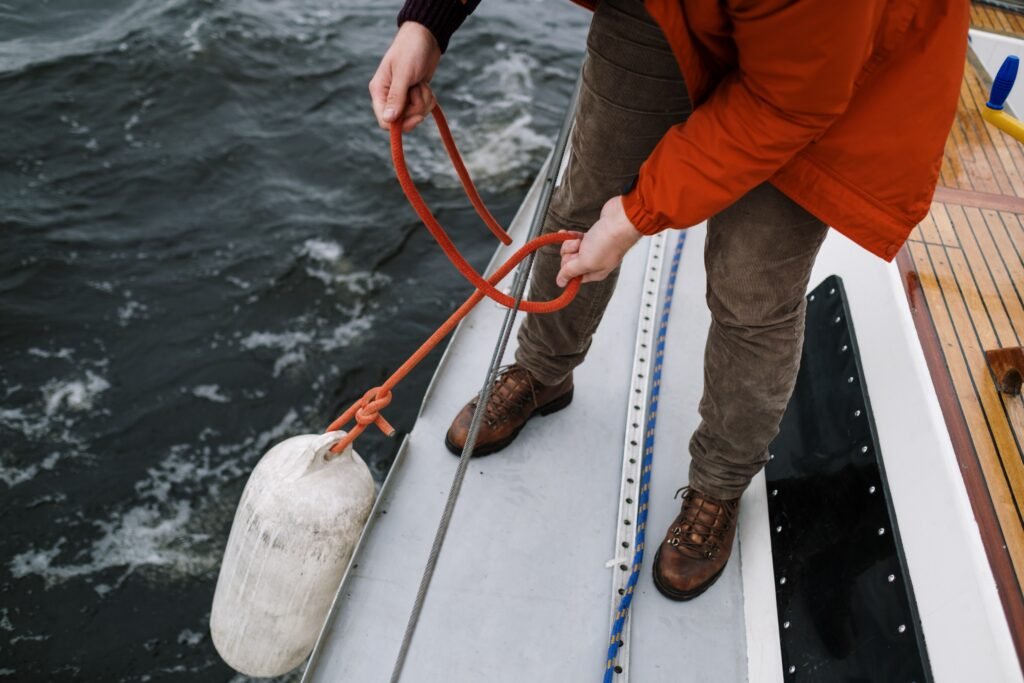Life safety ropes are a critical component of safety equipment used in various scenarios to protect individuals from falls and other life-threatening situations. These ropes are designed to withstand high loads, provide secure anchoring, and ensure the safety of people in hazardous environments. But which is a common synthetic fiber used for life safety ropes?

Among the array of materials available, synthetic fibers have emerged as a common choice for manufacturing life safety ropes due to their unique combination of strength, durability, and versatility.
Understanding Life Safety Ropes:
Life safety ropes, often referred to as lifelines or safety lines, are specialized ropes used to prevent falls and facilitate rescues in a range of settings. These ropes are essential in industries such as construction, firefighting, rock climbing, search and rescue, and industrial maintenance. Life safety ropes serve as lifelines for workers, emergency responders, and adventurers who face potentially life-threatening situations at heights, in confined spaces, or in environments with limited escape options.
Applications of Life Safety Ropes:
Construction: Workers on high-rise buildings and structures utilize safety ropes to prevent falls and provide a secure means of ascending and descending.
Firefighting: Firefighters use life safety ropes for rappelling, victim rescue, and navigating hazardous terrain during firefighting and rescue operations.
Rock Climbing: Climbers rely on safety ropes to safeguard against falls during climbs, ensuring their ability to ascend and descend with confidence.
Search and Rescue: Rescuers use life safety ropes to access difficult-to-reach locations, recover individuals in distress, and perform high-angle rescues.
Industrial Maintenance: Maintenance workers in industrial settings utilize safety ropes to carry out tasks at heights or in confined spaces safely.
which is a common synthetic fiber used for life safety ropes?
Among the synthetic fibers available, one material stands out as a popular choice for crafting robust and reliable life safety ropes – nylon.
1. Nylon:
Nylon is a versatile synthetic fiber known for its exceptional strength, durability, and elasticity. These qualities make it a preferred choice for life safety ropes in various applications:
High Strength: Nylon ropes offer high tensile strength, allowing them to withstand substantial loads without snapping.
Durability: Nylon is resistant to abrasion, making it suitable for use in rugged environments where ropes might come into contact with sharp edges or abrasive surfaces.
Elasticity: Nylon ropes have a degree of elasticity that helps absorb shock loads and reduce the impact force on both the rope and the user during falls.
Moisture Resistance: Nylon ropes are relatively resistant to moisture absorption, preventing weight gain due to water and maintaining their performance in wet conditions.
UV Resistance: While not as UV-resistant as some other fibers, nylon ropes can still maintain their strength and integrity after exposure to sunlight.
Conclusion:
Life safety ropes are indispensable tools that ensure the well-being of individuals working in hazardous environments or engaging in high-risk activities. Among the synthetic fibers commonly used for crafting life safety ropes, nylon stands out due to its exceptional strength, durability, elasticity, and moisture resistance. Whether in construction, firefighting, rock climbing, search and rescue, or industrial maintenance, nylon-based life safety ropes provide a reliable lifeline that instills confidence and helps safeguard lives. Understanding the characteristics and benefits of nylon as a synthetic fiber aids in making informed decisions when choosing the appropriate life safety rope for specific applications, ultimately contributing to safer working and recreational environments.
